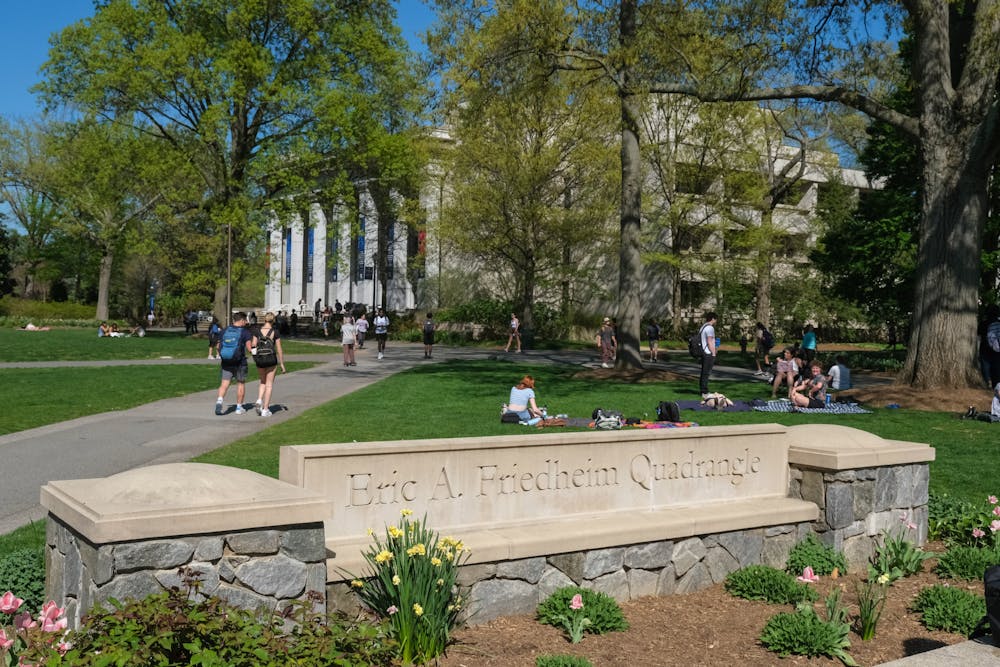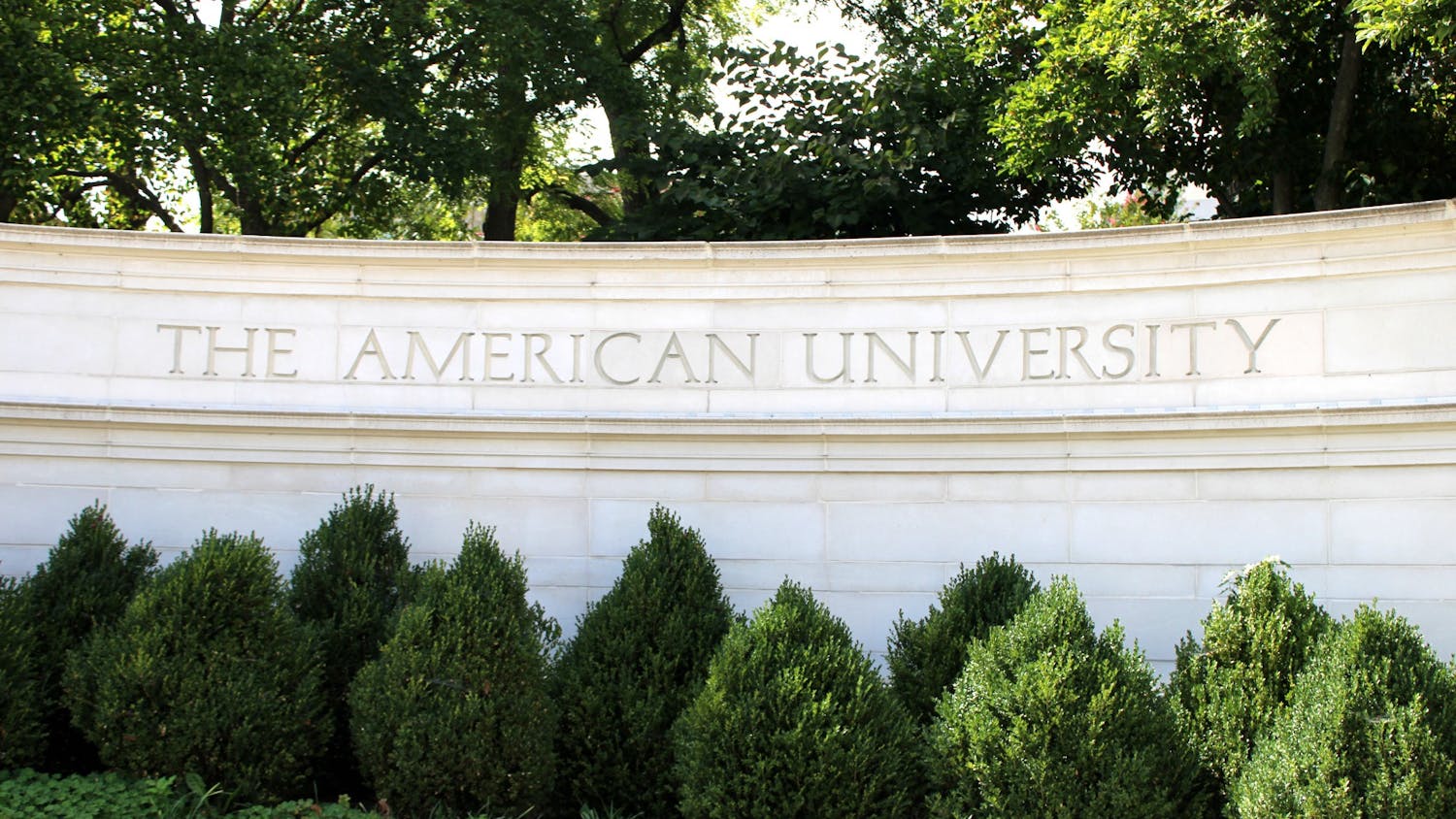Tuition for undergraduate, graduate and law students at American University will increase by 4 percent starting in the 2025-2026 academic year, Gina Adams, chair of the AU Board of Trustees, announced in an email Tuesday.
The University is also raising mandatory fees for the first time in 10 years, while average financial aid per student is set to increase by almost 13 percent, Chief Financial Officer, Vice President and Treasurer Bronté Burleigh-Jones told The Eagle.
The overall undergraduate cost of attendance — which includes housing, dining, tuition and fees — will increase by 5.5 percent, Adams wrote.
“We want to make sure that increase in financial aid outpaces any increase that we have in tuition and fees, and we have continuously honored that,” Burleigh-Jones told The Eagle in an interview.
Full-time undergraduate tuition will be $60,207 next year, up from $57,972 in the 2024-2025 academic year.
Burleigh-Jones said even with the tuition increases, she expects AU’s undergraduate tuition to still be one of the lowest among 25 of its peer institutions. Georgetown University’s 2025-2026 tuition is rising to $71,136, a 4.9 percent increase. George Washington University, which has yet to announce its 2025-2026 tuition, charged $67,420 for tuition in 2024-2025.
Burleigh-Jones also expects that tuition for graduate and law students will remain in the middle of the tuition rates of peer institutions when they announce their 2025-2026 tuition rates.
The University announced last March a tuition increase of 4 percent for the 2024-2025 year. Previously, tuition increased by 5 percent for both the 2022-2023 and 2023-2024 academic years.
“AU remains the lowest total cost in our market basket of 25 competitive and peer universities, and our significant increase in financial aid resources per student continues our commitment to affordability and access,” Adams said in the email.
AU is still projecting an $80 million shortfall for the 2026 budget, even though they accounted for the proposed increase for the 2025-2026 year in their projection.
Mandatory student fees, which include technology and sports center fees, are set to be increased for the first time in 10 years to $1,100 per year. For the 2024-2025 academic year, fees for full-time undergraduate students are $819. Fees for part-time and graduate and law students will be lower “due to smaller usage of campus services,” Adams wrote.
Now known as the Student Support Services Fee, it will “encompass technology, wellness and all of the support functions that are available to our students,” Burleigh-Jones said. The increase will also be in line with peer institutions, she added.
“It’s important that we bring everybody along so they understand the realities of the services provided, and kind of the disconnect between our failure to touch those fees over more than a decade and the reality of it’s not sustainable,” Burleigh-Jones said. The cost to provide University services “has grown exponentially” according to Burleigh-Jones, while the fee remained the same, which she said is “not sustainable.”
The undergraduate student activity fee will increase from $177 to $350 a year per student, increasing money available to student organizations. The $272 U-Pass Metro fee will remain the same.
“Addressing the lack of increase in student fees will contribute to our ability to balance the budget for next year,” Burleigh-Jones said, but it is just one factor the University is considering. It’s unclear how much the fee increase will decrease the shortfall.
Housing and meal plan costs will increase by 4.5 percent. The University previously announced a two-year residency requirement for freshmen and sophomores beginning in the 2025-2026 academic year. Last year, housing also increased by 4.5 percent, while dining increased by 8 percent.
“Our meal equivalency is also more generous,” than other institutions, Burleigh-Jones said. “We have a very competitive, comprehensive meal plan offering. So we’re very comfortable with the 4.5 percent increase.”
The financial aid budget is also growing from $143 million to $153 million. Within that $10 million increase is a $3.2 million increase in aid for the incoming class “because we’ve recognized that our entering students are coming with greater need,” Burleigh-Jones said.
The average increase in aid per student, 12.9 percent, will outpace the 5.5 percent increase in cost for undergraduate students, according to Burleigh-Jones.
“That’s been something that’s been really important to us, that our commitment to access and affordability stays in play as we’re thinking about our tuition and fee increase,” Burleigh-Jones said.
This article was edited by Owen Auston-Babcock and Tyler Davis. Copy editing done by Luna Jinks and Olivia Citarella.





